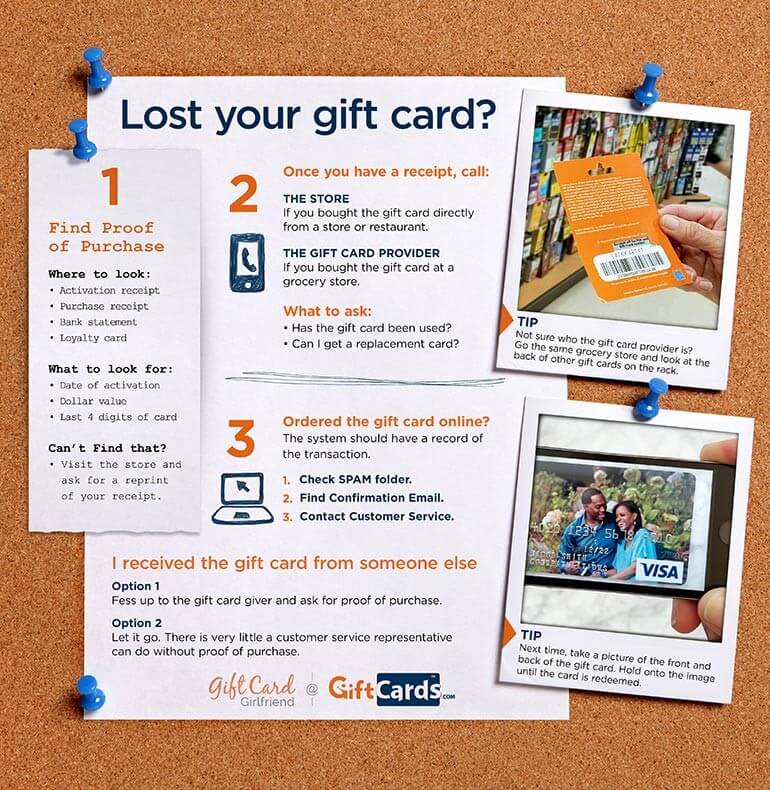Laser engraving on glass can include vibrant, individualized styles to a variety of products. This flexibility is one of the primary benefits of laser modern technology over various other etching methods.
Before you etch your glass items with the laser, recognize a couple of usual issues that can arise. These suggestions will assist you accomplish the most effective outcomes feasible.
Just How Laser Inscription Works
Laser engraving is a popular method for etching and personalizing products. It is a process that can be carried out on a wide array of products, consisting of glass, timber and steel. Laser etching makers can generate really thorough layouts, with great lines and specific cuts. Utilizing this technique, you can create customized awards and other products that are sure to impress.
To achieve the preferred results, first, you will need to conceive the style. This will certainly assist you to choose what kind of picture or text you wish to engrave on the surface. Then, you will need to transform your principle right into an electronic visuals. This can be made with visuals style software application, such as Adobe Illustrator or Inkscape, and after that saved right into a data style that is compatible with your laser engraver.
Once the engraving files are prepared, it is time to start preparing the product for laser noting. This can be done by using a black mask that is created particularly for laser use. The dark color of the mask reflects laser light, and helps to decrease any kind of warmth that would certainly or else damage the surface.
Limiting Cracking
When the laser beam strikes the surface of glass it immediately warms the product up. The unexpected heating causes microscopic cracks to the surface area. The fractures and fractures create the look of inscription, etching or frosted glass.
The varying compositions of various sorts of glass can influence exactly how the material reacts to the laser. It is important to meticulously check your laser setups on a sample item of glass prior to starting a job. Precise emphasis is likewise essential for clean, regular outcomes.
To improve the quality of your inscriptions attempt using a dark paper to protect the glass from the laser. The specialized dark paper has a layer that takes in the laser energy and allows the inscribing to occur. The dark paper can be removed as soon as the inscription is complete. It is additionally suggested to utilize a lower resolution and lower the amount of black in the graphics as this will help in reducing micro-fracturing. A Jarvis dithering pattern can additionally be put on the graphic in the emotional connection through gifts laser vehicle driver setups to randomize and separate the dots of the layout and additional decrease the quantity of micro-fracturing.
Preparing the Surface area
Laser marking on glass and plastic supplies a variety of practical uses, from item traceability (like date codes or lot numbers) to 3D noting within the material itself. It's additionally utilized for decoration and layout in industries like the automotive, food, and telecommunication fields.
Obtaining good arise from laser engraving on glass depends partly on the prep work of the surface. Maintaining the material tidy of dust and oil assists the laser penetrate much deeper and better. Covering up the surface with a paper towel or paper a little larger than the etching location can likewise reduce the results of heat on huge areas, aiding to reduce damaging and enhance overall etching quality.
Layout and laser control software can additionally affect just how well the process functions. Programs like Adobe Illustrator or Corel Draw aid you create and change your styles while programs like LightBurn or LaserGRBL regulate the laser's settings.
Getting going
Laser etching on glass is rapid and effective, developing a high-end appearance that enhances items and reinforces brand identification. While some may watch out for working with this fragile product, a little time and persistence will certainly help make sure gorgeous outcomes.
Using a commercial laser, you can add ornamental patterns, messages, or tailored designs to things like drinking glasses, bottles, pitchers, and more. The procedure is non-contact, decreasing the threat of breakage even on bent or fragile surface areas.
To maximize laser effectiveness, you'll intend to invest time try out the setups for your specific maker and glass kind. Refining these settings will decrease energy use, boost overall etching high quality, and reduce the possibility of mistakes or damage. For instance, you can raise the resolution and decrease the black level of your graphics to make use of much less laser power. Similarly, utilizing a Jarvis dithering pattern will certainly divide and randomize the dots in your graphics to even more minimize laser warmth usage.
